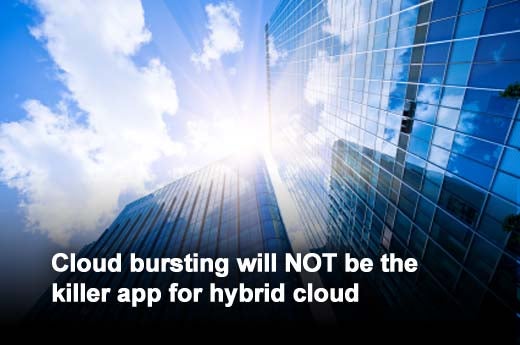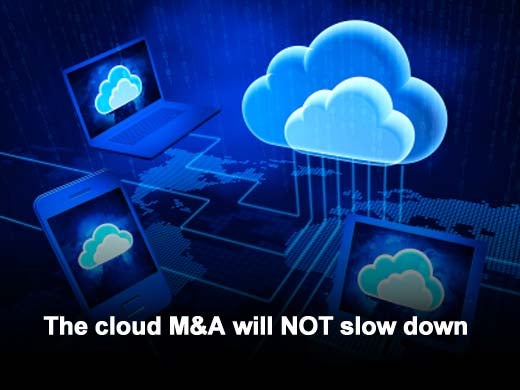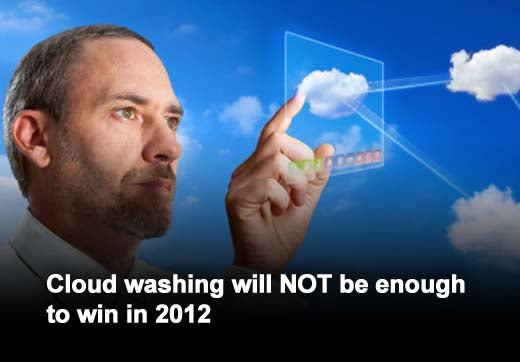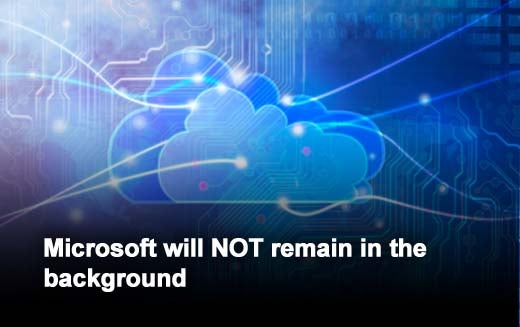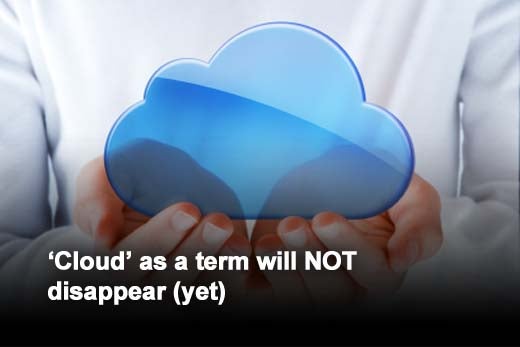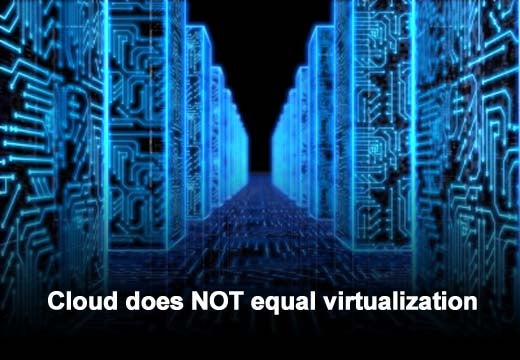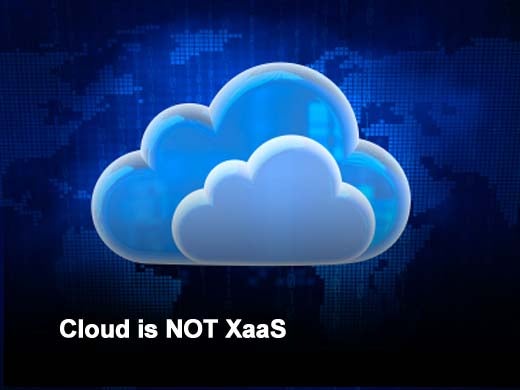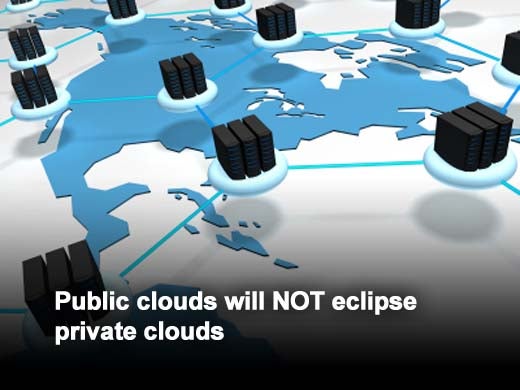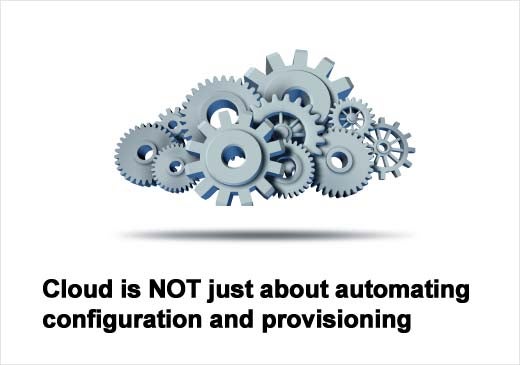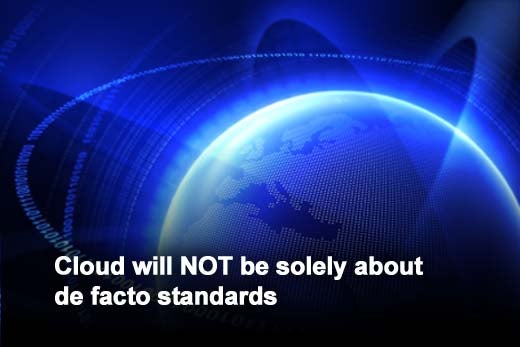Cloud is an ever-changing concept wrapped around emerging technologies that promise to increase productivity and efficiency. Much hype has been written about this new computing paradigm, leading to confusion and in some instances, botched deployments. In this slideshow, Zenoss CEO Bill Karpovich tries to work through the muddle and offers 10 things that will NOT happen in cloud deployments anytime soon.
Click through for 10 things that will not happen in cloud deployments in 2012, as identified by Bill Karpovich, CEO of Zenoss.
While hybrid clouds will certainly thrive, the big driver will not be real-time bursting of workloads to external providers. Instead, IT departments will make more deliberate decisions in the near-term about what workloads run where, with a healthy mix of private, public and traditional deployments.
We are just at the beginning of retooling and reorganizing the entire IT ecosystem to be delivered as shared, on-demand services. The impact is deep. Those who get it recognize this and will continue to invest to transform their business models and technology stacks. It is much easier to do this through M&A than organic transformation. Buy or wither; it's a simple choice.
Related to #2, the transformation underway is real. It's easy to claim cloud attributes and to get into the cloud marketing conversation, it's harder to truly deliver elastic, shared, high-quality services at scale. As the deployments get put to the test, the posers will become clearly discernible from the real thing. In 2012, the market begins to separate the babies from the bath water.
While Karpovich is loath to admit it, now that cloud technologies are moving towards mainstream adoption, it's time for Microsoft to assert itself. While the world has changed in many ways, what remains the same is that Microsoft is the best at productizing innovation as it matures and bringing it to the masses. Look for turnkey cloud products and services from our wilting giant to continue showing up more and more, especially in SMBs.
While all that Karpovich’s colleague Floyd Strimling wants for Christmas is for the term "Cloud" to go away, he'll have to wait until 2013. In two to three years, what is now "cloud" just becomes IT again. This is good news. The ultimate evidence of a paradigm's success is that it goes away as a separate phenomenon and is just assumed.
Having a VMware deployment in your enterprise does NOT constitute a private cloud. Clouds do not require virtualization even though it is usually present.
Cloud is a type of XaaS business model. It has the key characteristics of self-service, on-demand, elastic etc. If a SaaS offering does not have these characteristics, it is NOT a cloud. It is likely hosted.
Although slow to start, many enterprises will build out internal private clouds for various reasons, including security, costs and performance.
It includes the full lifecycle of the service offering, including tenant requests, subscription tracking, monitoring, metering and other ITSM capabilities.
It will take time, but a number of industry standards will begin to emerge from the various standards organizations that will reduce the barrier to adoption, allow payloads to be more easily moved between clouds and lower costs.



